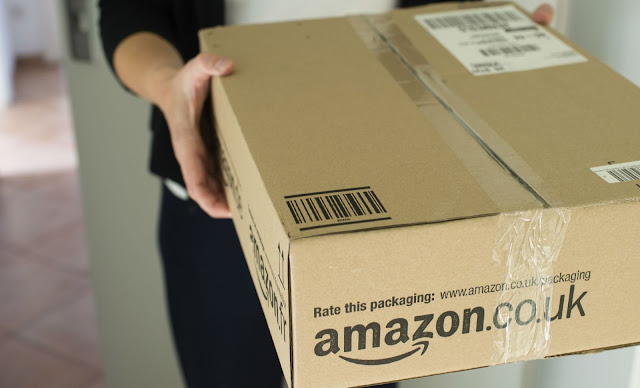The psychology of why we buy is much more complex than it might seem, as well as how we respond to purchases and how these processes modify our perceptions about the things we do and about our relationship with brands.
One of the elements that are associated with purchases and what brands should be considered is buyers 'remorse, which is known as buyers' remorse or poor shopping awareness, and that modifies how they act and how they feel consumers in relation to what they buy.
Basically, consumer remorse is feeling bad after buying for one reason or another and it is a feeling that everyone has felt on occasion. It's the thrill that comes with deciding to buy something (and buying it) and you begin to think that maybe it was not such a good idea or maybe you should not have bought something that you really need. It is what happens when you buy a book despite having to read; when you buy new shoes although it is not something you really need or when you do with a product although there were others cheaper because the one in question looked good.
Buyer's remorse is, for brands, an element that must be avoided in any way so that the purchase does not end up with a bittersweet feeling and does not become something that the consumer does not want to repeat. Brands have to make consumers feel that they have made the right decision and activate all the necessary mechanisms to revive the idea that they have been successful. Remorse will have no room when you consider that a good purchase has been made.
How to avoid it in e-commerce
In some areas avoiding remorse after purchase is easier than in others. This is what happens in electronic commerce since, in many cases, the remorse is marked by the excess of supply. The consumer has so many possibilities and can face so many potential elements, so many potential products, and so many potential prices, that he feels that what he does is failing because he will not be choosing the best or the most appropriate options. After buying, you will start to think if you have done it well or not.
Faced with this reality, brands can choose to eliminate offers to leave what the consumer really wants to choose. The point is not so much to limit supply or reduce the number of products that are served, but rather to make the consumer feel that they are doing most of the work for them. The example they provide in the analysis is quite clear to show and understand.
In an online makeup store, the best thing is not to let the buyer look at the hundreds of possibilities that are in blushes but to offer tools so that in the end you only see the limited number that interests you. Consumers have to feel, as they point out, that their problems end at the moment they have bought the product and that there are no more laps to give.
https://www.aihello.com/resources/blog/consumer-remorse-after-shopping/
One of the elements that are associated with purchases and what brands should be considered is buyers 'remorse, which is known as buyers' remorse or poor shopping awareness, and that modifies how they act and how they feel consumers in relation to what they buy.
Basically, consumer remorse is feeling bad after buying for one reason or another and it is a feeling that everyone has felt on occasion. It's the thrill that comes with deciding to buy something (and buying it) and you begin to think that maybe it was not such a good idea or maybe you should not have bought something that you really need. It is what happens when you buy a book despite having to read; when you buy new shoes although it is not something you really need or when you do with a product although there were others cheaper because the one in question looked good.
Buyer's remorse is, for brands, an element that must be avoided in any way so that the purchase does not end up with a bittersweet feeling and does not become something that the consumer does not want to repeat. Brands have to make consumers feel that they have made the right decision and activate all the necessary mechanisms to revive the idea that they have been successful. Remorse will have no room when you consider that a good purchase has been made.
How to avoid it in e-commerce
In some areas avoiding remorse after purchase is easier than in others. This is what happens in electronic commerce since, in many cases, the remorse is marked by the excess of supply. The consumer has so many possibilities and can face so many potential elements, so many potential products, and so many potential prices, that he feels that what he does is failing because he will not be choosing the best or the most appropriate options. After buying, you will start to think if you have done it well or not.
Faced with this reality, brands can choose to eliminate offers to leave what the consumer really wants to choose. The point is not so much to limit supply or reduce the number of products that are served, but rather to make the consumer feel that they are doing most of the work for them. The example they provide in the analysis is quite clear to show and understand.
In an online makeup store, the best thing is not to let the buyer look at the hundreds of possibilities that are in blushes but to offer tools so that in the end you only see the limited number that interests you. Consumers have to feel, as they point out, that their problems end at the moment they have bought the product and that there are no more laps to give.
https://www.aihello.com/resources/blog/consumer-remorse-after-shopping/


